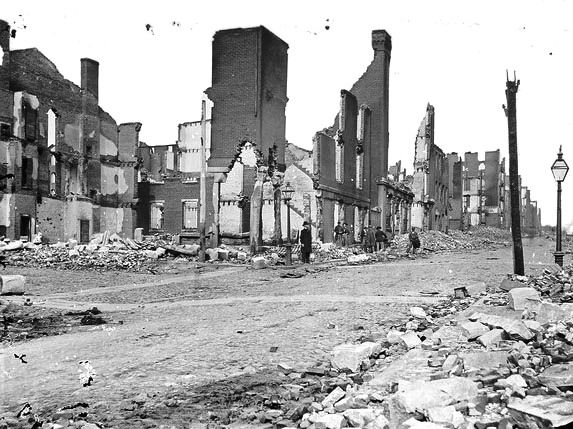Math:
Finish Multiplying Fractions (Mixed Numbers) worksheets
Social Studies:
Grammar worksheet with Reconstruction vocabulary
English:
Finish Chapter 14 questions from Red Badge of Courage by Stephen Crane
Chapter 14
Questions
|
Do you think
there is any significance that even the living soldiers look like corpses?
|
Explain, in
your own words, the changes that have come over Wilson during the battle.
|
What does
this last exchange indicate about how Henry is perceived by his comrades?
Notes:  In Science, we learned about Johannes Kepler. Today, scientists continue to use Kepler's method of studying the solar system by using math. We can see that scientists still have great respect for Kepler's work by the many interesting things that have been named after him. There is a star, a crater on the moon, a crater on Mars, and an asteroid named Kepler. There is also an important science project going on right now named after the famous scientist - the Kepler Space Observatory. This project sent a telescope into solar orbit in 2009. The telescope will search for planets beyond our own solar system. It will do this by observing the brightness of the thousands of stars that it observes. A change in a star's brightness can be a clue that a planet is passing by in front of the star. (EdHelper)  In Social Studies we read a piece of our chapter that was entitled A Shattered Fairy Tale: The South after the Civil War. What happens when a fairy tale has an unhappy ending? For some people, the antebellum or pre-Civil War South was an American fairy tale. There were handsome princes, ladies fair, and a noble code of honor. The pace of life was serene and genteel. But in this fairy tale, no one was destined to live happily ever after. Even before the Civil War, the South was not quite the place of enchantment it might have seemed. The agricultural economy relied heavily on slave labor. Nearly four million black slaves were forced to work on the large plantations. They certainly did not lead storybook lives. Neither, for that matter, did poor whites. The fairy tale Southern culture may have been real only to a few members of the wealthy upper class. (EdHelper) |
No comments:
Post a Comment